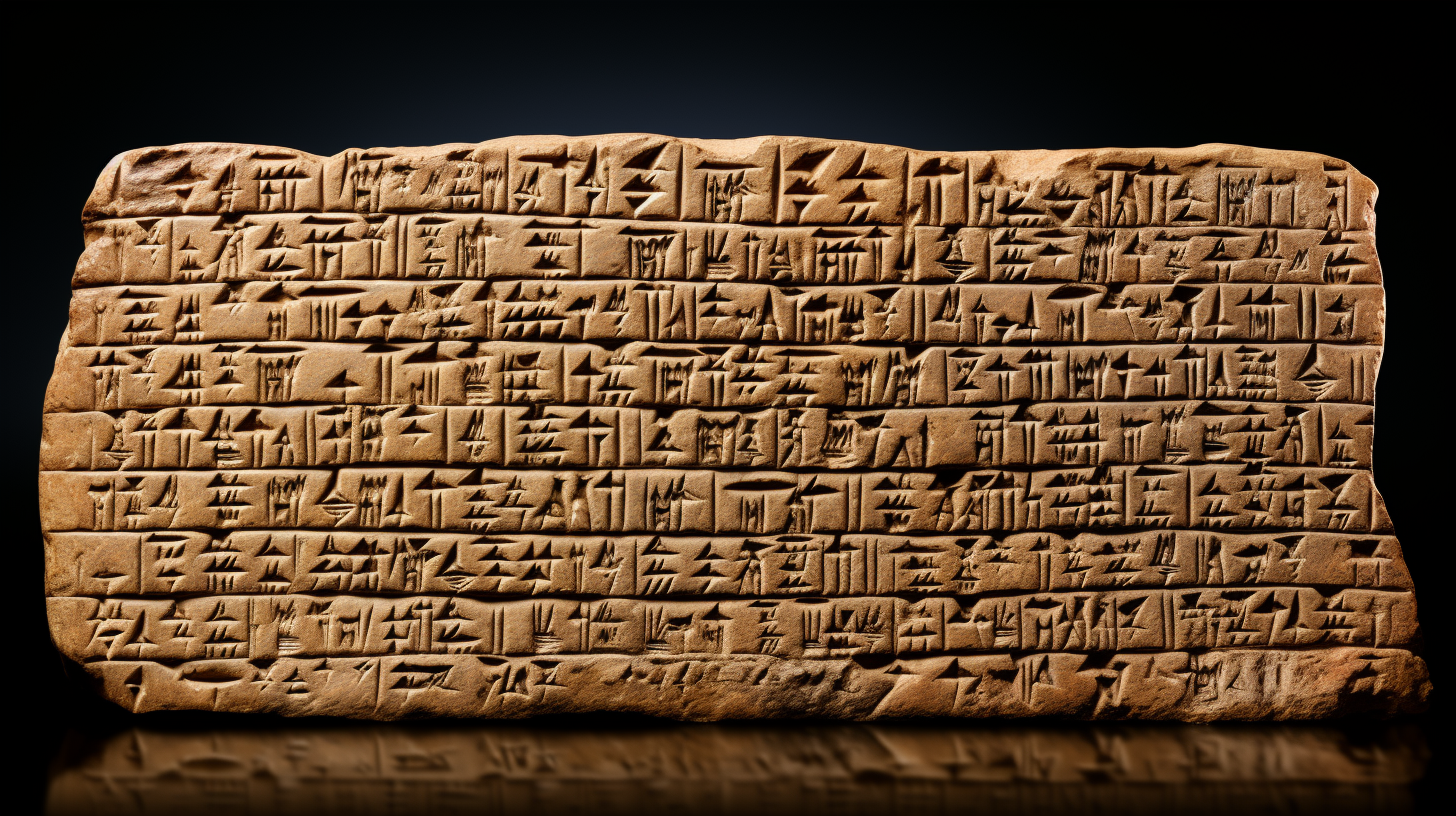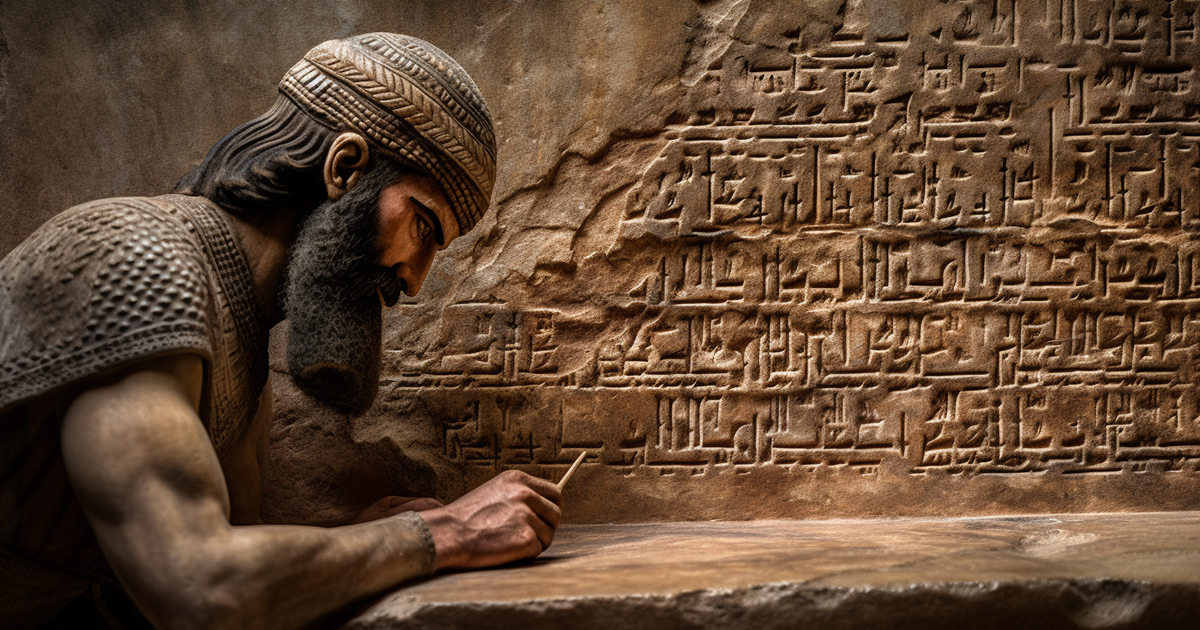In the hustle and bustle of modern life, the intricate systems we use to measure time and angles often escape our attention. Have you ever thought about where the concept of 60 seconds in a minute and 360 degrees in a circle originated from? These roots can be traced back to the ancient Babylonians, who developed a numerical system centered around 60, a departure from our current base-10 system.
In the flourishing land of Mesopotamia around 2000 BCE, the Babylonians were renowned for their exceptional mathematical skills and precise observations of the sky. At the core of their legacy was the creation of a sexagesimal system based on 60 units. Unlike our familiar base-10 system, the Babylonians worked in groups of 60.

This unique framework has had a lasting impact on various aspects of our lives, influencing the methods we use for timekeeping and measuring angles.
Time Calculation: Before the Babylonians, different civilizations had diverse ways of measuring time. However, the Babylonian base-60 system brought significant changes to these calculations. They divided an hour into 60 minutes and a minute into 60 seconds. This division is reflected in our current use of a 60-second minute. The effectiveness of the Babylonian model spread across cultures, becoming the global standard for measuring time.
Angle Calculation: The Babylonian base-60 system also transformed the calculation of angles. They divided a circle into 360 degrees, a multiple of 60. This division made precise angle calculations easier, leading to the enduring use of 360 degrees in a circle today. The accuracy and efficiency of this system solidified its importance in geometry and trigonometry, crucial fields in science and engineering.

The Impact of Base-60: Although the Babylonian base-60 system may seem unconventional by today’s standards, its influence has endured. Modern practices in timekeeping, navigation, and mathematics heavily rely on the innovative numerical system developed by the Babylonians. Their mathematical expertise ensures that their system remains relevant in our daily lives, even in the 21st century.
A Summary: The traditional methods of measuring time and angles hold a fascinating story intertwined with the ancient Babylonian culture. Their embrace of the base-60 numerical system led to the creation of the 60-second minute and the 360-degree circle, fundamental elements that continue to shape our world. So, the next time you glance at the clock or work through angle calculations, take a moment to appreciate the enduring legacy of the Babylonians and their groundbreaking mathematical concepts.
